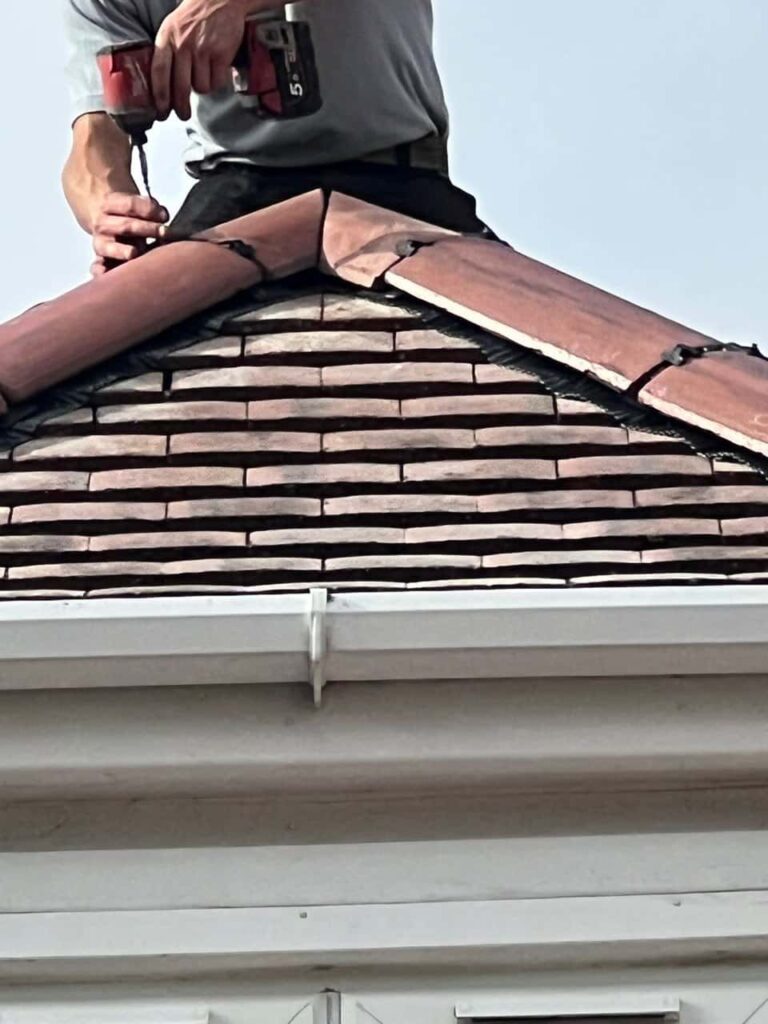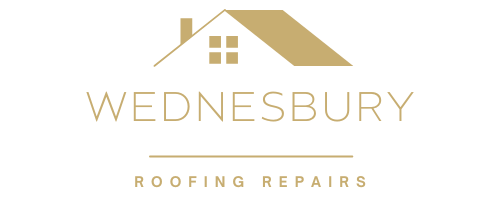If you’re having roofing work carried out or inspecting your property’s roofline, you may come across the terms soffits and fascias. These components play a crucial role in the protection and overall appearance of your home, yet many homeowners are unsure of the difference between them. At Wednesbury Roofing Repairs in Wednesbury, West Midlands, we’re often asked to explain the purpose of these features and why keeping them in good condition matters.
What Are Fascias?
Fascias are the long, straight boards that run along the lower edge of your roof, directly beneath the bottom row of tiles. They are fixed to the roof trusses and are clearly visible from the outside of the property.
Main Functions of Fascias:
- Support the bottom row of roof tiles
- Provide a fixing point for guttering
- Protect the roof and loft space from water and weather ingress
- Create a clean, finished look along the roofline
Fascias must be strong enough to bear the weight of guttering—especially during heavy rain when gutters are full of water.
What Are Soffits?
Soffits are located underneath the fascia boards, bridging the gap between the fascia and the wall of the house. They are less visible from the front but are important in maintaining ventilation and protection for the roof structure.
Main Functions of Soffits:
- Seal the underside of the roof overhang
- Prevent water and pests from entering the roof void
- Allow for air circulation to prevent condensation in the loft
- Help maintain a tidy, uniform appearance along the eaves
Soffits are often ventilated to allow airflow into the roof space, which is essential for preventing damp and mould buildup.
Key Differences Between Soffits and Fascias
- Location: Fascias are fixed vertically to the edge of the roof, while soffits run horizontally beneath the fascias.
- Visibility: Fascias are visible from the front of the property, whereas soffits are seen from below the roof overhang.
- Function: Fascias support roof tiles and guttering; soffits provide ventilation and protect the roof space.
- Materials: Both can be made from uPVC, timber, or aluminium, with uPVC being a popular low-maintenance choice.
Why Maintenance Matters
Over time, soffits and fascias can become worn, rotted, or damaged due to:
- Constant exposure to rain and UV rays
- Overflowing or leaking guttering
- Insect and pest activity
- Lack of ventilation causing condensation
At Wednesbury Roofing Repairs, we offer professional inspections to assess the condition of your soffits and fascias and provide reliable repair or replacement services using modern, low-maintenance materials.
Benefits of Upgrading Your Soffits and Fascias
Replacing old or damaged roofline components can bring several benefits:
- Improved kerb appeal and roofline aesthetics
- Better protection against water ingress and pest entry
- Enhanced ventilation and reduced condensation risk
- Reduced maintenance with uPVC or aluminium options
- Extended lifespan of your roofing system
Regular checks and timely upgrades help preserve the structural integrity of your roof and reduce the likelihood of future repairs.
Conclusion
Soffits and fascias may not be the most visible parts of your home, but they play a vital role in protecting your roof and maintaining ventilation. Understanding the difference between them helps ensure your property remains in good condition. At Wednesbury Roofing Repairs in Wednesbury, West Midlands, we offer expert soffit and fascia services designed to keep your roofline strong, secure, and looking its best.
If you’re unsure about the condition of your soffits or fascias, contact Wednesbury Roofing Repairs today to arrange a professional inspection and receive tailored advice.
Call us on: 0121 827 1893
Click here to find out more about Wednesbury Roofing Repairs
Click here to complete our contact form and see how we can help with your Roofing needs.

